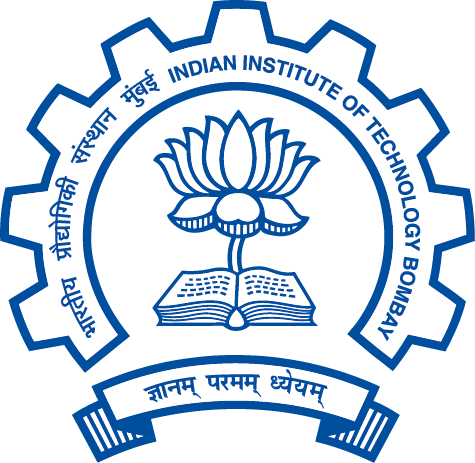Team

Kunal Bhansali
MTech Mech Eng-Design, MIT Aurangabad 2020 E-mail: 22d0994@iitb.ac.in ORCID iD: https://orcid.org/0000-0003-0547-1445 ResearchGate: https://www.researchgate.net/profile/Kunal-Bhansali LinkedIn: https://in.linkedin.com/in/kunal-bhansali-b91913110 GoogleScholar: https://scholar.google.com/citations?user=vOMvoLIAAAAJ&hlWork Experience: Having a work experience of more than 5 years in Research and Development department at Bhagyalaxmi Rolling Mill Pvt. Ltd. (Polaad Steel), Jalna, Maharashtra.
Affiliation: Currently working as a R&D Engineer – Research and Development department at Bhagyalaxmi Rolling Mill Pvt. Ltd. (Polaad Steel), Jalna, Maharashtra.
Project Title: Microstructure Modification for Improved Corrosion Resistance of Reinforcement bar through optimizing Heat Treatment
More Info:
A reinforcement bar or rebar when exposed to the ambiance gets corroded due to moisture present in the atmosphere. The surface reacts with this moisture causing oxidation at surface of the rebar. The rebar can further accelerate this corrosion, ultimately leading to material degradation. This research focuses to develop a novel grade of reinforcement bar having enhanced characteristics than the existing grades using modified manufacturing process, heat treatment, phase transformation, and corrosion characteristics. The study also purposes to develop a mathematical model for predicting life of rebar considering above characteristics. After the initial experiments and model validation, this study seeks to implement the outcomes of the experiments and model at larger scale in the manufacturing facility i.e. at Polaad Steel, Jalna.
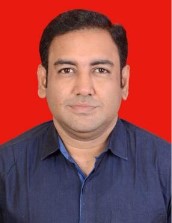
Mrigandra Singhai
ME Metallurgy (IISc Bangalore- 2003) E-mail: mrigsinghai@gmail.com ResearchGate: https://www.researchgate.net/profile/Kunal-Bhansali LinkedIn: https://in.linkedin.com/in/mrigandra GoogleScholar: https://scholar.google.com/citations?user=vnLQ5pkAAAAJ&hl=enWork Experience: Having a work experience of 21 years in various R&Ds including Crompton Greaves, Tata Steel and JSW Steels.
Affiliation: Currently working as GM – R&D at JSW Steel, Dolvi works
Project Title: Investigation of the microstructure and property evolution during hematite induration in an industrial scale reactor
More Info:
The project aims to study the mechanism of sintering and property development during induration of hematite ore pellet. Laboratory scale experiments are being done to study and model the strength development of pellets as a function of induration time and temperature. A novel characterization approach is being to proposed to study the progress of sintering in a single pellet. Further, a reactor scale heat transfer model is used as a starting point and it is proposed to integrate it with the strength development mechanism developed on a single pellet scale. The model is expected to predict effect of change in ore mineralogy, spalling and strength development in a straight grate induration machine on a real time basis.
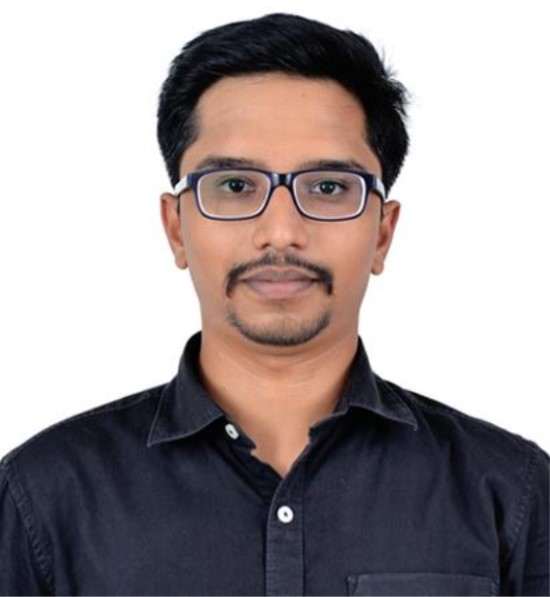
Soorya Prakash Jayaraj
MTech Metallurgical Engineering and Materials Science Department, IIT Bombay. E-mail: 204117003@iitb.ac.in ResearchGate: https://www.researchgate.net/profile/Soorya-Prakash-JayarajWork Experience: Having a work experience of 10 years in Quality Assurance | Research & Development department at JSW Steel Limited – Salem Works, Tamilnadu.
Affiliation: Currently working as a Deputy Manager in Quality Assurance and R&D department at JSW Steel Limited – Salem Works, Tamilnadu.
Project Title: Modelling and development of steel making processes for bearing steels.
More Info:
Bearing steel manufactured at JSW Salem are processed for various critical safety relevant parts of aerospace, automotive and high speed trains which are exposed to repeated stresses resulting in fatigue failures at prolonged exposure. Fatigue life of bearing steels predominantly depends on steel cleanliness which requires controlled steel making practice. A kinetic model to predict the chemical composition of steel and slag during different stages of bearing steel making process was developed using thermodynamic calculation software FactSage 8.1, to elucidate the mechanism underlying the change in chemical composition of inclusions. The Effective Equilibrium Reaction Zone model using FactSage macro processing code was applied to develop the kinetic model. The slag / metal interactions, various flux additions to slag, metallic additions to steel and arcing were taken into account to predict the variations of chemistry and temperature of steel and slag. Empirical equations were employed to reactions occurring between refractory and the slag phase. The kinetic model developed can calculate changes in (1) composition of each element in the molten steel (2) composition of each element in the molten slag phase (3) The nature of inclusions resulting from the compositional variation of steel and slag. The calculated results were found to agree to the operational results of 65T ladle refining process of JSW Steel limited – Salem Works. Finally, the optimized steel making practice is arrived through development of kinetic modelling for different de-oxidation recipe assisted with physical and CFD model of steel making processes.
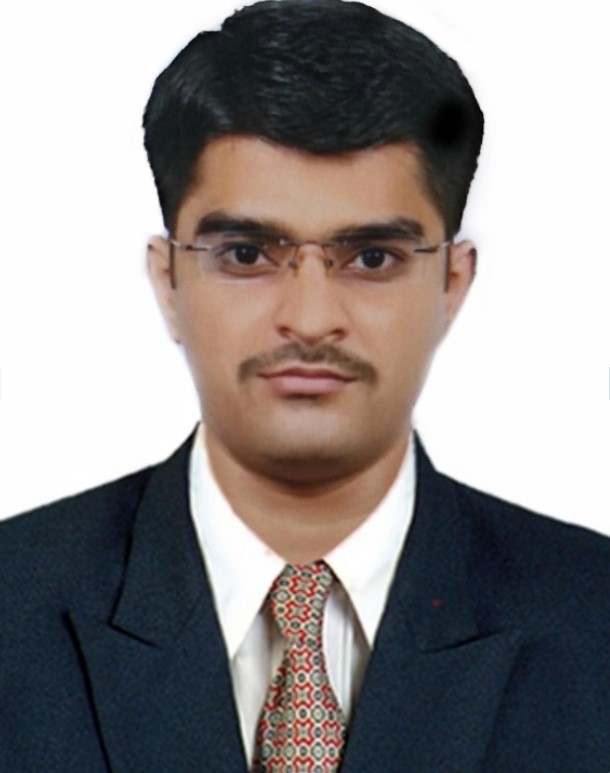
Sagar Dave
MTech Mech Eng-Design,(Specialization – Turbomachines) (SVNIT Surat- 2017) ORCID iD: https://orcid.org/0000-0003-2556-7989 ResearchGate: https://www.researchgate.net/profile/Sagar_Dave LinkedIn: https://in.linkedin.com/in/sagar-dave-5585ba84 GoogleScholar: https://scholar.google.com/citations?hl=en&user=p2pzuSgAAAAJWork Experience: Having a work experience of more than 7 years in Process Modelling division of R&D at ArcelorMittal Nippon Steel India Limited (AM/NS India)-Hazira, Surat
Affiliation: Currently working as a Section Engineer – R&D (Modelling and Process) at ArcelorMittal Nippon Steel India Limited, Hazira, Surat
Project Title: Development of a transient mathematical model for Blast Furnace using OpenFOAM®
More Info:
The objective of the proposed research is to develop an applied 1D-transient continuum model using OpenFOAM®, subsequently enhancing it into a straightforward 2D transient model. The model includes the aerodynamics, burden descent, reaction kinetics, mass, momentum, heat, and species conservation for multiphase physics within the blast furnace. Once implemented at the plant scale, the model is intended to function as a Blast Furnace Operation Guidance System (BFOGS) with the purpose of predicting the unsteady behaviour in the internal state of furnace during changes in input parameters such as burden material size and quality, fluctuations in blast parameters and more. This marks as a critical step toward creating an online digital twin for the blast furnaces operational practice at AM/NS India.
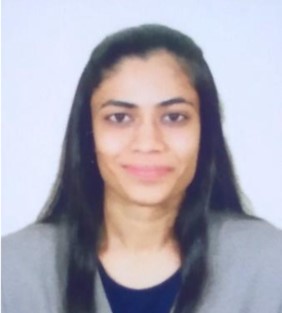
Kratika Jain
M.Tech. – Fuel, Minerals and Metallurgical Engineering (IIT (ISM) Dhanbad - 2023) Email: 23d0964@iitb.ac.in LinkedIn: https://www.linkedin.com/in/kratika-jain-205979261Work Experience: Having a work experience of more than 7 years in Process Modelling division of R&D at ArcelorMittal Nippon Steel India Limited (AM/NS India)-Hazira, Surat
Affiliation: IIT Bombay
Project Title: Modelling of gas based DRI process.
More Info:
The objective of the proposed research is to develop a multiscale model of HDRI process using OpenFOAM® and thereafter determining the design parameters such as height to diameter ratio and tuyere geometry for the HDRI reactor. The model includes the aerodynamics, solid descent, reaction kinetics, mass, momentum, heat, and species conservation for multiphase physics within the reactor. The model will be validated by the experimental data. This research will be serviceable in designing the HDRI reactor along with its components and, in optimising the existing operational reactors.
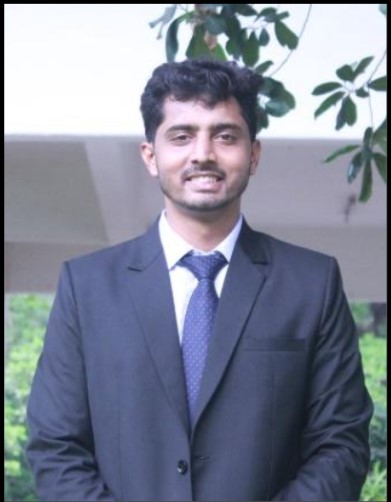
Shubam Musale
M.Tech. – Steel Technology, MEMS, IIT Bombay (2024) Email: shubhammusale14@gmail.com LinkedIn: https://www.linkedin.com/in/shubham-musale-11b08614b/Work Experience: Having a work experience of more than 7 years in Process Modelling division of R&D at ArcelorMittal Nippon Steel India Limited (AM/NS India)-Hazira, Surat
Affiliation: IIT Bombay
Project Title: Prediction of Gas Channeling in Blast Furnace using Machine Learning
More Info:
Blast furnace is considered as a heart of integrated steel plant, any deviation in productivity of the blast furnace will affect the overall productivity of the plant, so any deviation from steady state should be quickly detected and corrected. This study focuses on the utilization of machine learning algorithms to predict gas channelling within blast furnaces by harnessing historical data from various sensors and process parameters. Machine learning models are trained to recognize patterns and severity of gas channelling events. This allows to identify gas channeling up to one hour in advance, providing operators sufficient time to take corrective actions Key Objectives: Data Integration: Collect and integrate data from various sensors and sources within the blast furnace. Early Detection: Channeling detection ideally before they become severe and impact furnace performance. Prediction: Predict the potential severity, location, and duration of gas channeling events Efficiency Improvement: Increase the overall efficiency of the blast furnace by minimizing disruptions caused by gas channeling.
